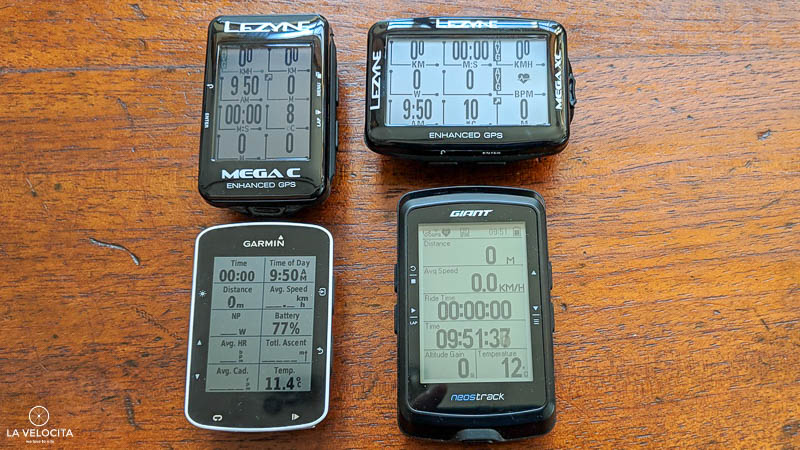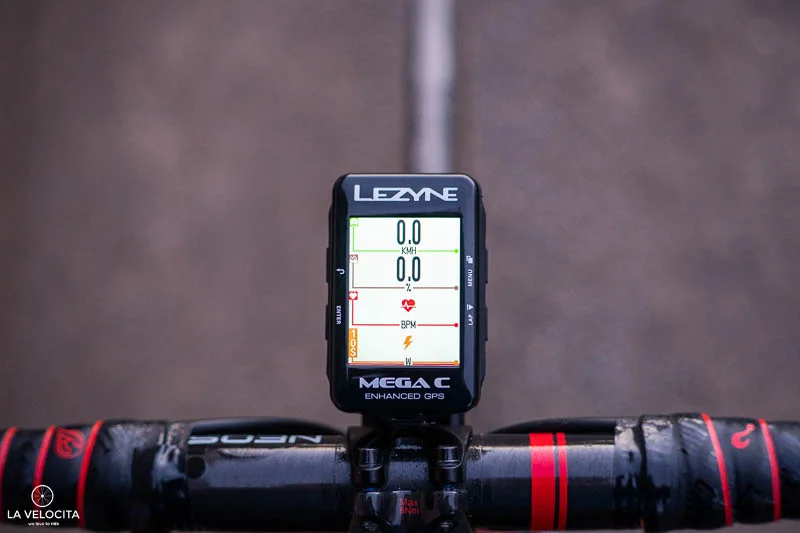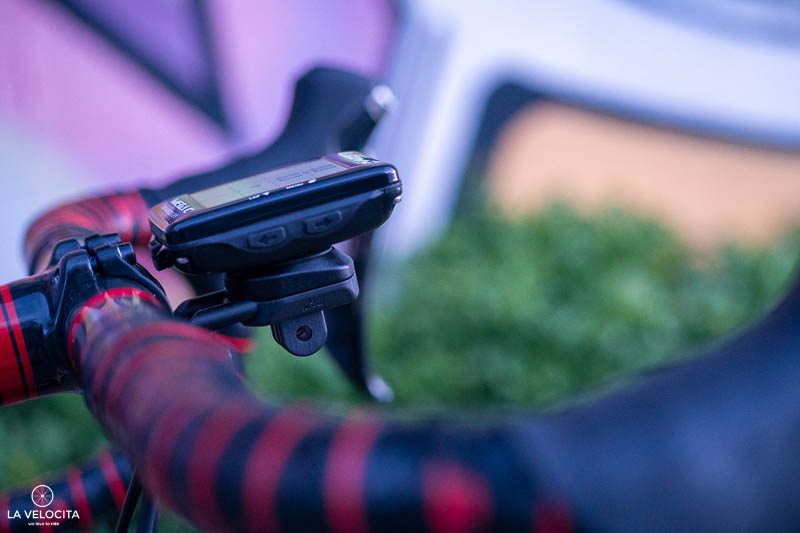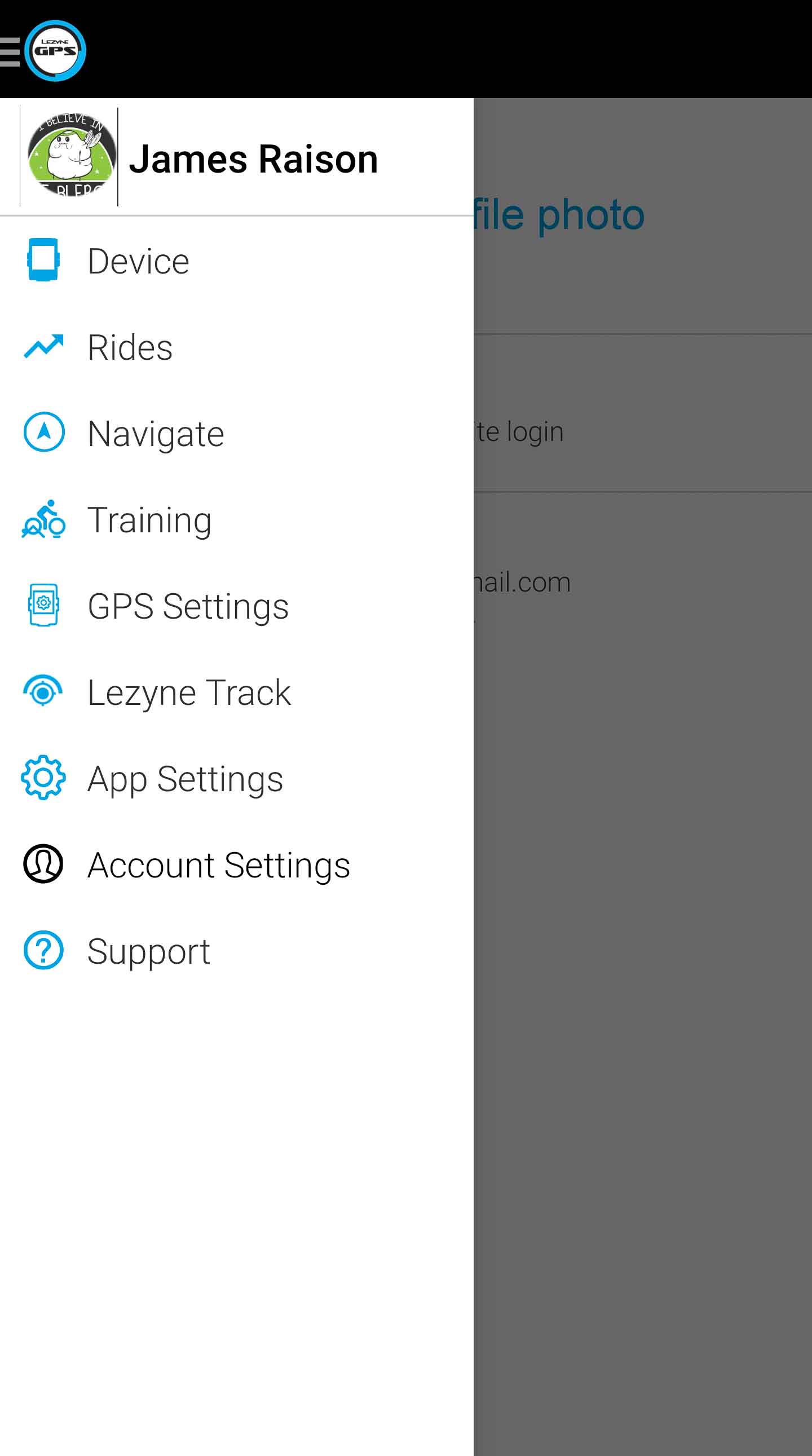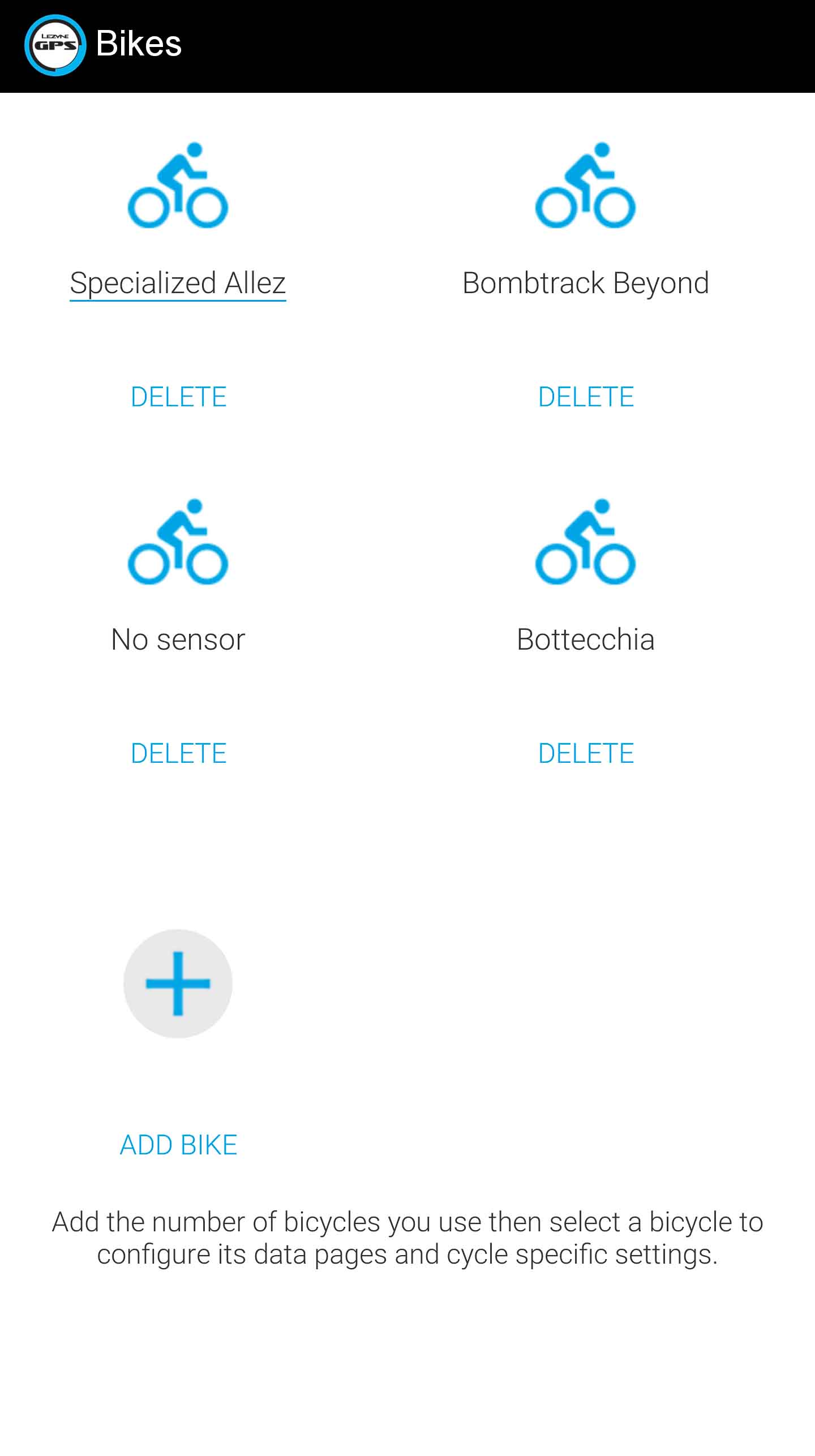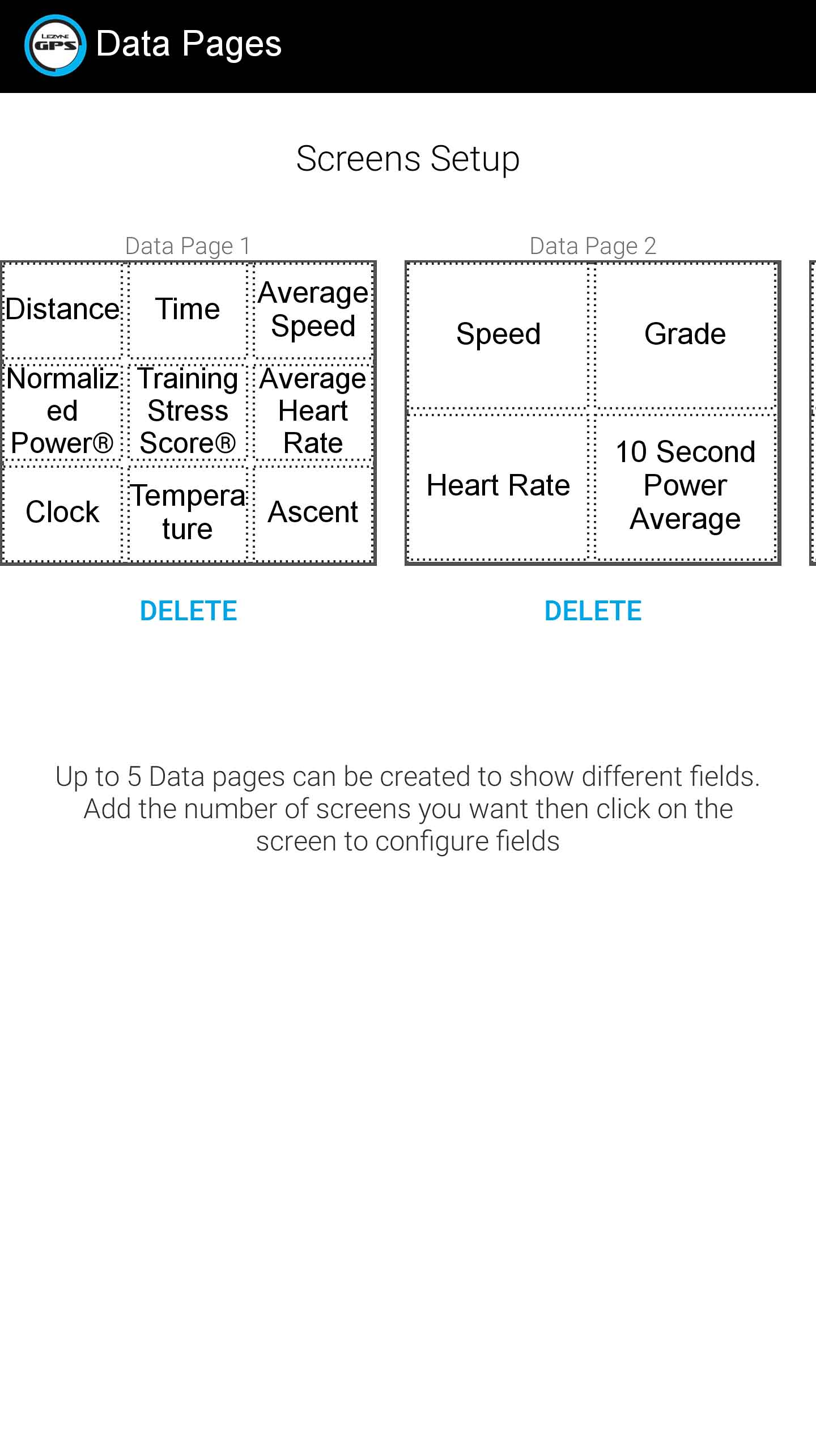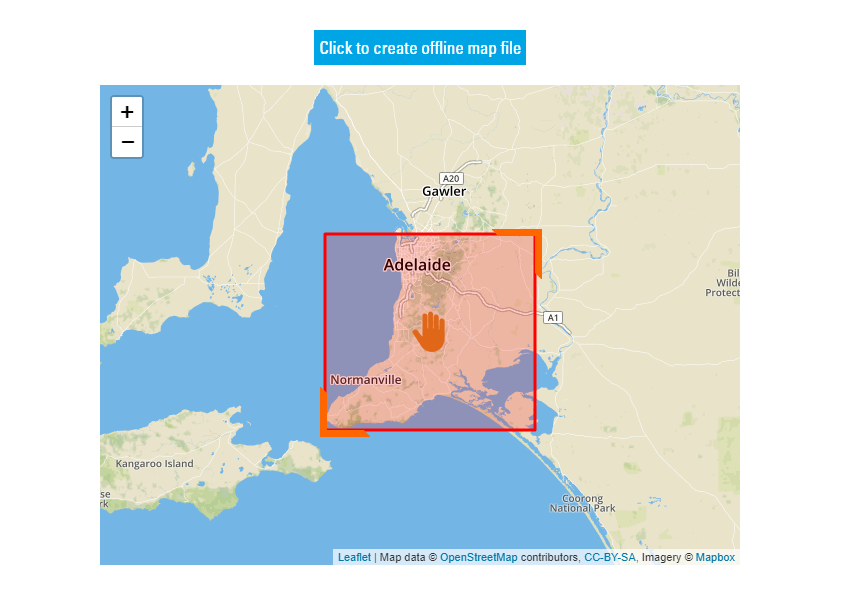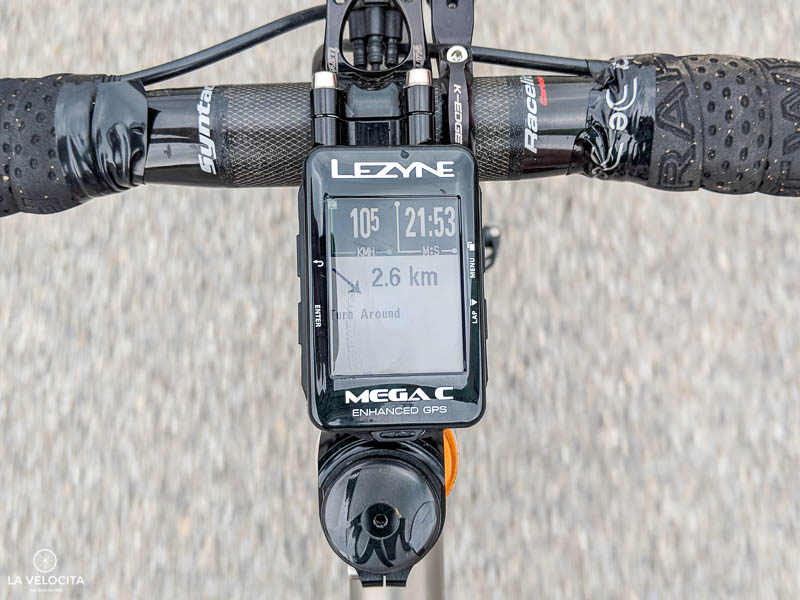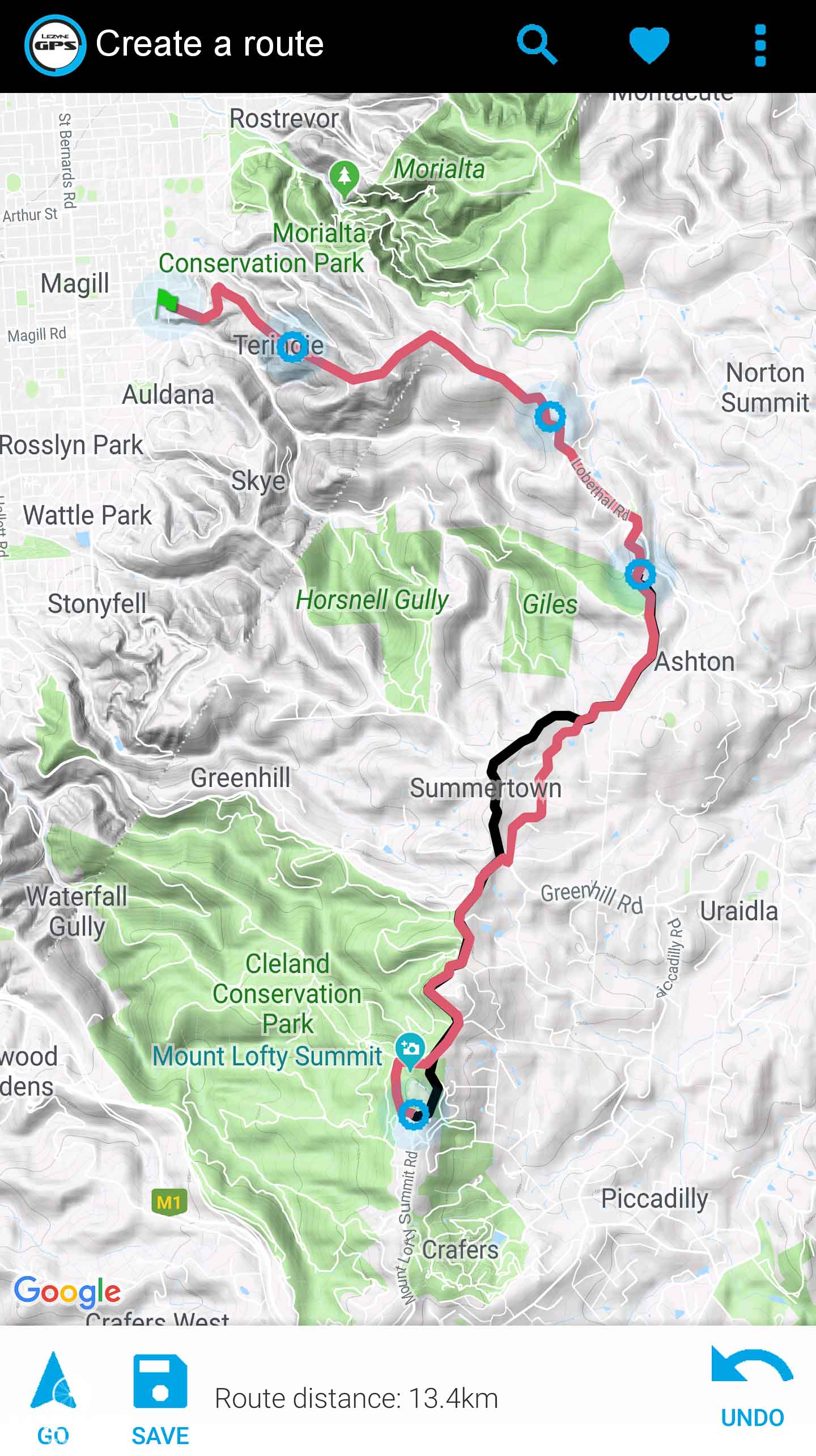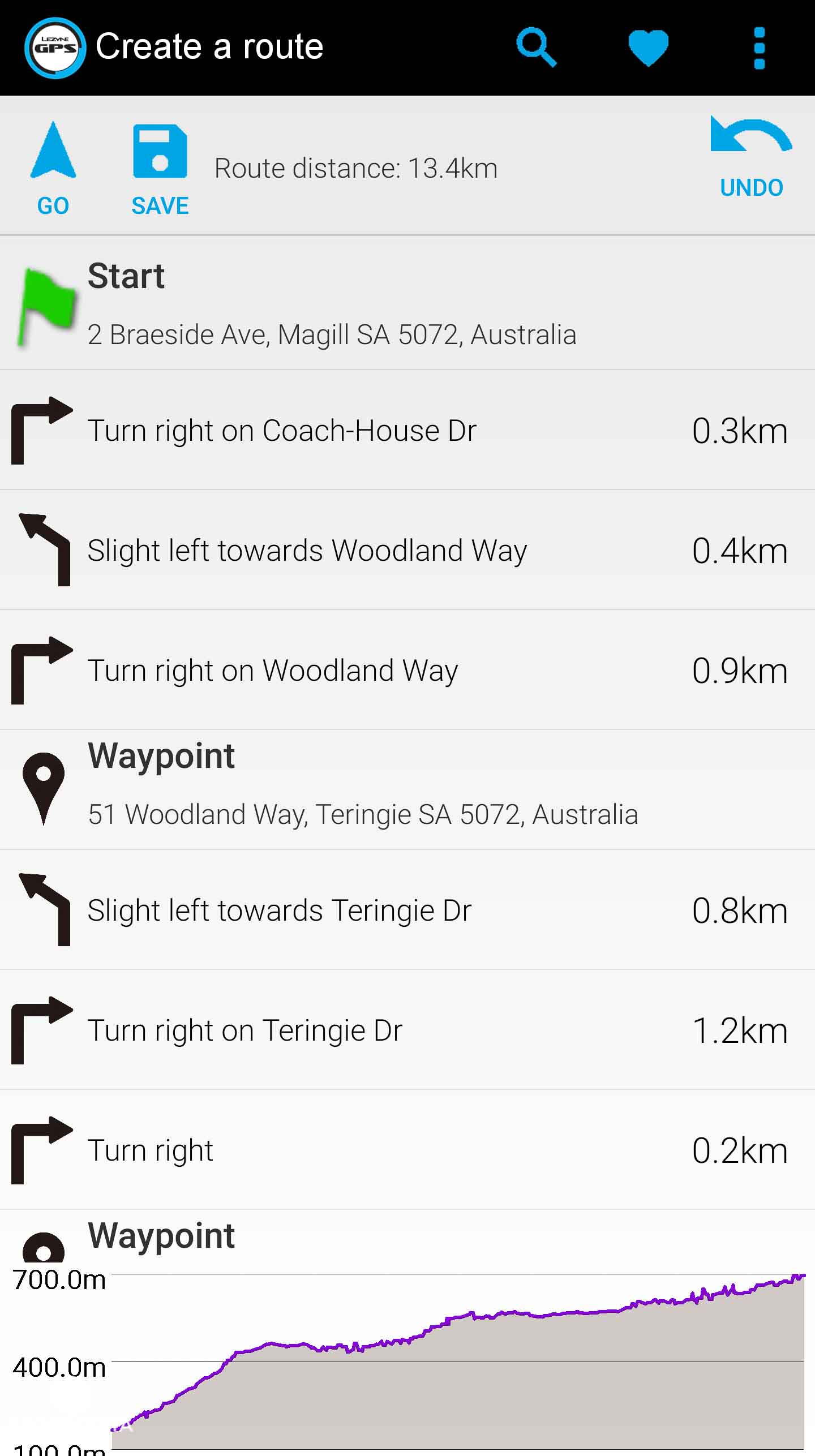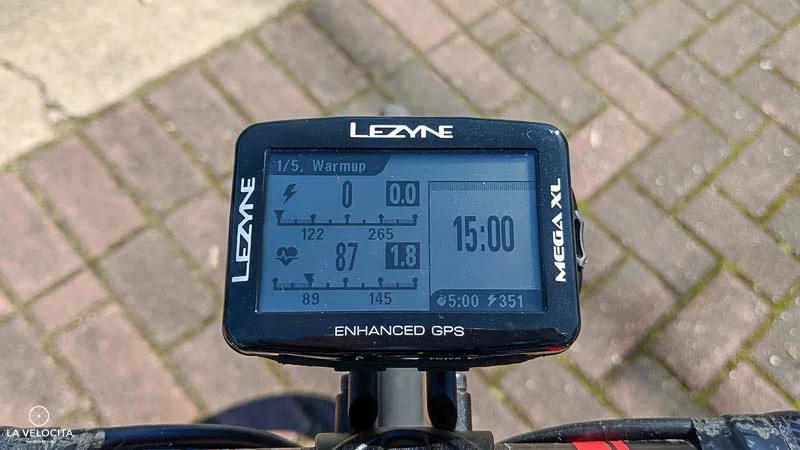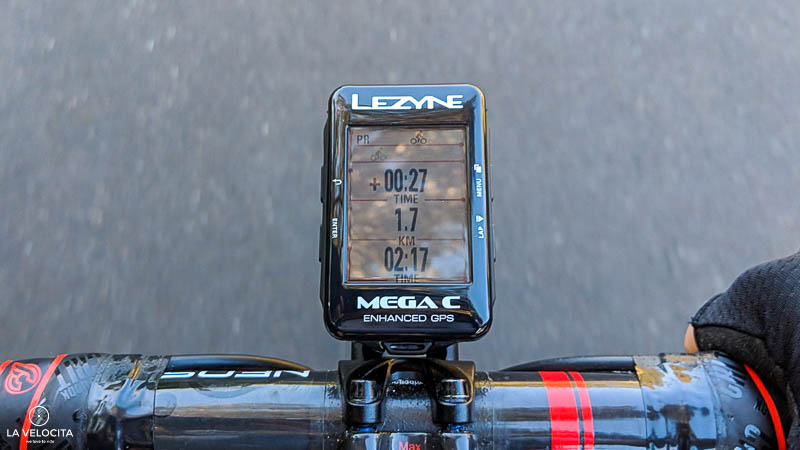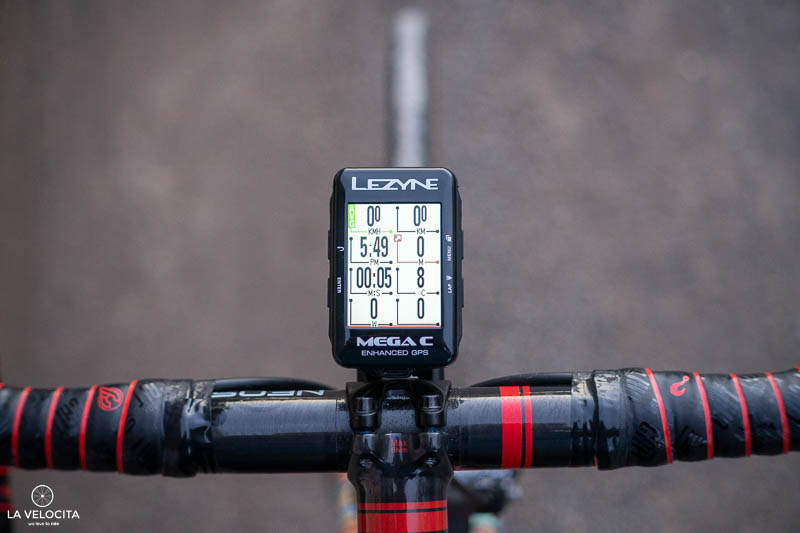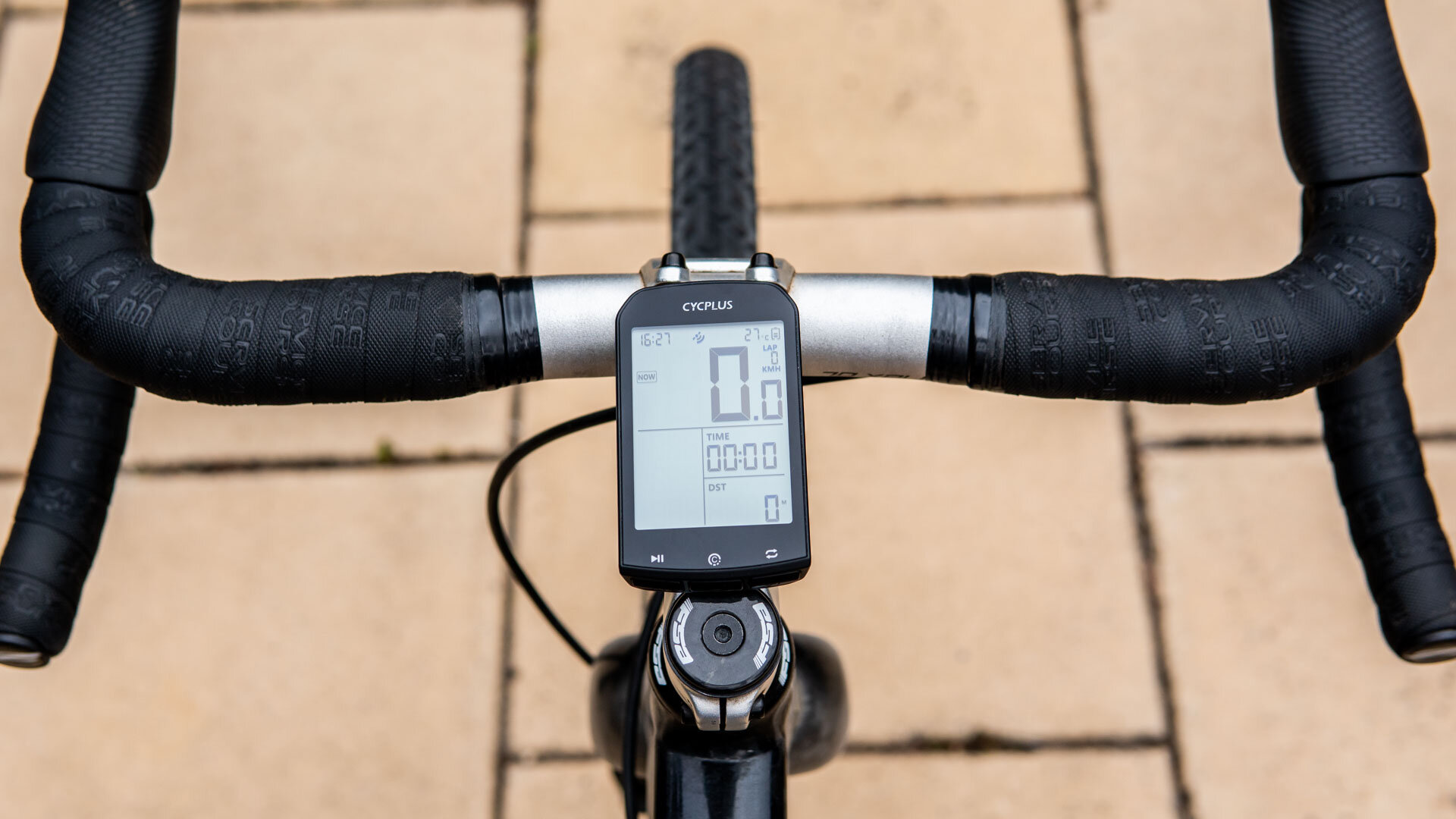Lezyne Mega C GPS review
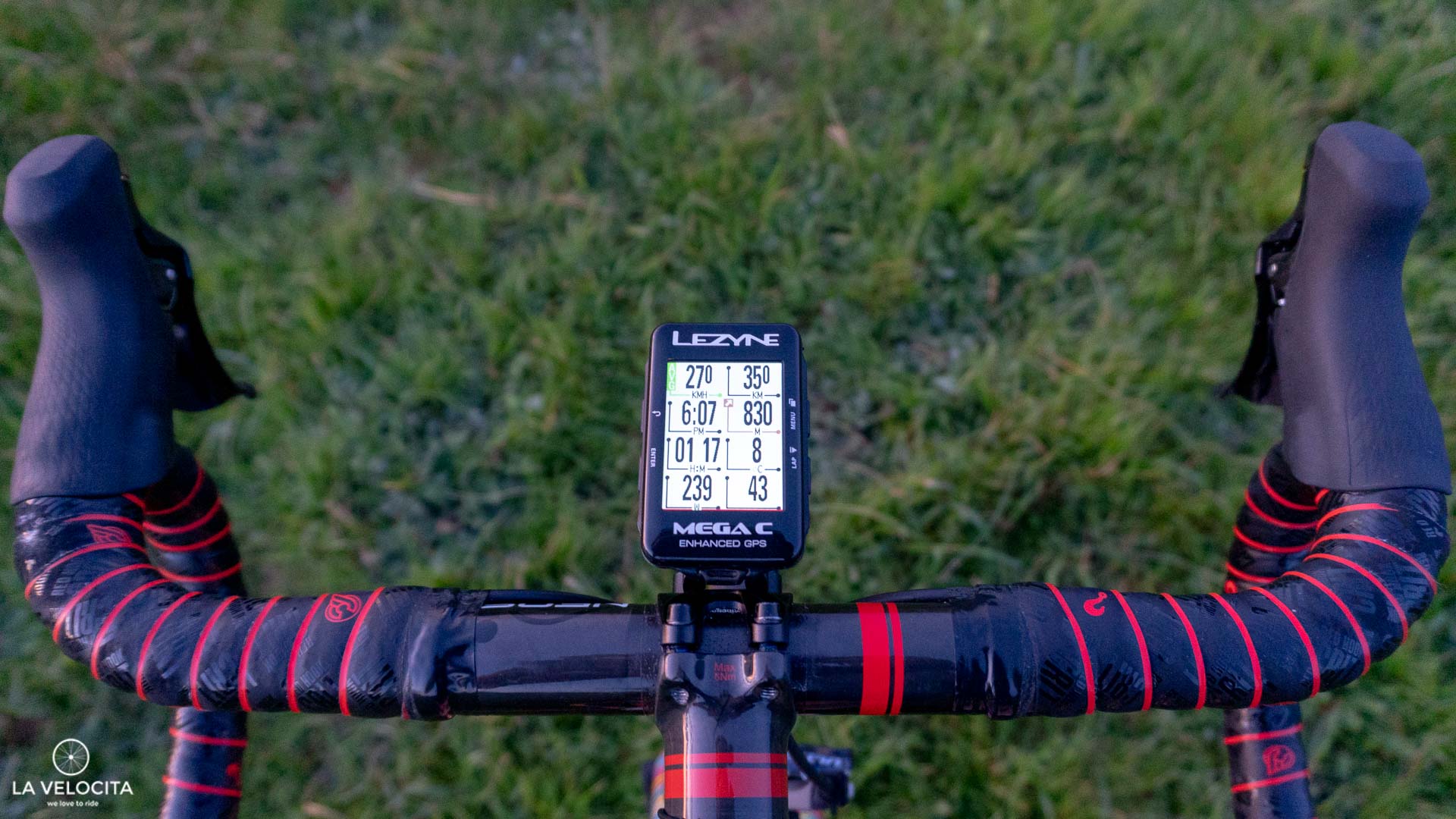
Lezyne's smallest Mega series computer packs a helluva lot into its small size and price
Words and Images: James Raison
After being thoroughly impressed by Lezyne’s Mega XL (check out the Mega XL review), it was time to turn my attention to its smaller sibling; the Mega C. Lezyne’s Aussie distributor Monza Imports were nice enough to send me both units to test at once. How does it stack up against the industry giant Garmin Edge 520 and upstart Wahoo ELEMNT Bolt? It’s time to find out!
Just a note to people who’ve already read my Mega XL review: this will feel a lot like déjà vu. Both units are built on the same software platform so many functions are identical for both units.
SPECS
Price: $299 AUD
Weight: 73 g
Claimed battery life: 32 hours
Claimed maximum storage of up to 800 hours of ride data
Barometer and accelerometer
Bluetooth and Ant+ connectivity
Turn-by-turn navigation
Off-line maps and rerouting
Text, email, and phone notifications when paired to phone
Structured training integration with Today’s Plan and TrainingPeaks
Computer: 50.5mm (W) x 77.2mm (L) x 26.9mm (H)
Screen: 33.8mm (W) x 45.1mm (L)
In the box:
Mega C Unit
X-lock mount
Micro USB charge cable
Quick start manual
FORM FACTOR
The Mega C fits cleanly into Edge 520 / ELEMNT Bolt size, display, and feature segment. Its screen size and bezels are similar to the Edge 520.
Where it differs, is the height. Like the Mega XL, it’s x-lock mount on the bottom is tall, as is the case on top of it. It sits very high when using the bar and stem mount, much higher than the competing units. That height is not surprising because its battery capacity is much bigger, as is the internal data storage.
It’s got a glossy black finish with white logos and button tags. Overall it doesn’t match the Edge 520s sleekness but it seems solidly built.
SCREEN
The Mega C has a decent screen, but it’s quite a lot duller than the exceptional Mega XL. Without the backlight, it’s similar to an Edge 520. It's fine. It can fit up to 8 data fields and they’re visible enough, no more or less cluttered than and Edge 520 or ELEMNT Bolt. I find 3 or 4 fields is a nice sweet spot for units this size.
Here's how the Mega C compates to the Mega XL, Edge 520, and NeosTrack without a backlight
The Mega C does display glorious colour though. I’ve used colour units before and find they don’t add much but the colours on the Mega C are used well. They give different data fields their own coloured borders and icons around the black numbers so you can easily see data at a glance. For example; heart rate is red, speed is green, time is black, power is orange, and climbing info is brown. Routes use the colours too with the breadcrumb arrows green, and the course behind you appearing in blue.
The colours and backlight look fantastic
The slightly dull screen comes alive with the backlight. It looks fantastic; bright, crisp, and with vivid colours. It far exceeds the Mega XL that’s lacking a powerful backlight. It’s tempting to run the backlight all the time because of how nice it looks.
MOUNTS
The included X-lock bar/stem mount functions much like a Garmin quarter-turn but with a different interface. It’s a + shape that you press down into the mount and turn to lock. It’s not totally immobilised in the mount because it’s slightly spring loaded. Prodding at the unit will make it move in the mount. It’s not in danger of ejecting itself because that still requires a firm press down, and a twist. It’s a tall mount that adds to an already tall unit to make a very tall combo that sticks high off the bike. I’ve always favoured out-front mounts so I only briefly used this one.
Speaking of out-front mounts, Monza Imports sent me a Direct X-Lock Mount system to try. It replaces two bolts in your stem to secure two forward rails. The mount then clamps sandwiches around the rails with a top plate where the computer sits, and a bottom plate. Lezyne includes three options: flat, GoPro interface, or Lezyne mount interface. I had some problems with the mount; the 2mm bolts that connect the upper and bottom plates both rounded out under a tiny torque load, and the GoPro adapter won’t thread with the included thumbscrew or any other screws I had. Very strange indeed. I like the mount but now I can’t swap out the now decorative GoPro lower plate. It’s hard to recommend this $64.99 AUD optional extra based on my experience.
Lezyne makes a cheaper out-front mount that I bought for $25 AUD for use on my other bikes. It’s a good mount, and a recommended purchase for Mega C and XL computer buyers.
The Lezyne mount options aren’t as voluminous as with Garmin’s Edge units. There’s not many options, and not a big range of third party options from companies like K-Edge. There are 3D printed adapters that will connect a Lezyne computer to Garmin mount if you do some digging around on Google.
SETUP AND INTERFACE
Setting up the Mega C from new is a dawdle whether you’re using the unit itself or the accompanying, catchily named, Lezyne GPS Ally V2 phone app.
On the unit, the menu structure is simple and intuitive. Everything can be changed within a couple of menu levels from the top. You can add different profiles for each bike and then your sensor and data screen information is tied to that bike. It doesn't have deep and confusing menu rabbit holes, and I could find everything I wanted to without hassle. So, you can set up the GPS on the unit itself but there’s a better way to do it.
That way is the well-sorted phone app. The menu structure is, again, quite uncomplicated and easy to navigate. You can change all of the settings and data pages through the app. It's a joy to use a phone app after so many years mashing buttons on my Garmins. Really the only thing you can’t do is control sensors.
The only thing that complicates using the unit is the button mapping. There’s only 4 buttons to control the unit which is precious few compared to the 7 on an Edge 520 and 6 on the Wahoo ELEMNT Bolt. That means each button on the Mega C performs 2-4 functions depending on context. It gets very fiddly as you try to remember what does what; especially that there’s different buttons to go up and down screens than up and down menu items. I got used to it in time, but it’s a bit of a head-scratcher.
SENSORS AND CONNECTIVITY
The Mega C connects to sensors across both Ant+ and Bluetooth protocols. Head into the Sensors menu item, choose the sensor type, then the protocol and it’ll scan. Hit the sensor ID when it appears and you’re good to go.
I connected my Garmin heart rate monitor, speed sensor, and cadence sensor without issue via Ant+. Bluetooth connectivity was rock solid when used with my phone and Stages power meter. Occasionally I had to re-scan when starting up the unit to find my sensors but they all re-connected and stayed tethered without issue. On the road there were no disconnections, dropouts, or any of the temperamental behaviours I had with the Mega XL.
DATA
Data nerds are well catered for with all the numbers you could hope for:
Heart Rate: Current, Average, Max.
Cadence: Current, Average
6 different Power options
Electronic drivetrain data if you have the right hardware
Speed: Current, Average, Max.
Distance: Current, Trip Total, Trip 2, Odometer
Time: Ride Time, Clock
Date
Laps and lap averages
Elevation: Ascent, Descent, Current
Grade
Calories
Temperature
All of the data was consistent. I compared post-ride data with people using other brand units and it was consistent across ascending, average speed, and distance. It all looked unremarkable in exactly the way you want. As with the Mega XL the temperature was about 4°C degrees lower at all times.
MAPS AND ROUTING
Offline Maps
Lezyne’s GPS Root website has an excellent system of selecting and exporting maps for the Mega C to use. You drag a box over an OpenStreetMap display that can range from quite small to hundreds of square kilometers. I could easily capture everywhere I ride in SA - outside of exceptional circumstances or intentionally riding far from home. It then exports a file that you drag and drop into your device.
Once on, your device will display all roads, and quite a lot of the trails, in your area. It’s an excellent system. Remember the bad old days of buying map packs? Those were the worst. It’s great being able to drag new boxes over anywhere you’re doing to ride and export maps. Travelling cyclists or anyone going on a tour can get their local area mapping data as long as they can access a computer.
Navigation
There’s an always-on map screen with the Mega C that shows your current location and a blue line to show where you’ve been. That screen will show green breadcrumb arrows to indicate the route ahead. It’s a clear and easy display. It even shows busy roads in orange so you aren't surprised by ending up in a lot of cars.
The Mega C also has direction notifications and navigation. There’s a dedicated direction screen that’s active when you’re following a route. It’ll show you the distance to your next turn and a contextual direction arrow to show you which way to go. There’s an optional direction overlay that’ll appear over top of any screen you’re on. So, when on a data screen, a direction arrow and a distance countdown to your next turn will appear at the top. It lets you navigate without constantly scrolling around screens.
The turn navigation screen tells you when to turn, and will lead you back to the course if you leave it
Lezyne’s navigation system is outstanding. It’s simple, flexible, and gives you everything you need.
A couple of minor gripes are the overzealous directions. Too often you’ll get a turn notification when you’re continuing on the current road. There’s also a lot of mapping and route-related screens that can’t be turned off. Even when not following a route, there’s the mapping screen and a Path screen that draws a line to show where you’ve been. I’m not sure what this screen is for because the line isn’t on a map. When navigating there’s the turn direction screen, and a Course screen that looks the same as the Path screen but has the course fully drawn out and shows you on it as a dot. It’s a lot of screens with questionable utility. It’s a small gripe, but I don’t like navigating through so many unnecessary screens.
Route creation
You can make routes on the GPS Root website and the Lezyne GPS Ally app.
The app is the superior system as you can happily tap away on a map, adding points and keeping an eye on how the route comes together. There’s a maroon line to show your route so far, and a black line appears if there’s an alternative between the last point and your new one. Once your route is finished you hit GO in the app and it’ll send it straight to your device. On one occasion mid-ride I was heading into some unfamiliar trails so I whipped out my phone, knocked a route together and beamed it to the phone in a couple of minutes. It then gave me full turn-by-turn navigation. It was brilliant!
Above is the app route creation complete with turn-by-turn directions.
The GPS Root website route creation is not so good. You place up to 25 waypoints before the website processes it and tries to link them all together. You don’t see the route getting built while you add waypoints so you have to wait until the end to see if it’ll work. Sometimes it doesn’t and the system makes weird choices between your waypoints, sending you into places you don’t want. There’s so many more refined route creators like Strava, RideWithGPS, or Garmin Connect so GPS Root doesn’t have much to offer. You can use one of the other services and then direct upload a TCX or GPX to GPS Root so that route will be available on Lezyne GPS Ally to send to your device. Just note that imported routes will not necessarily have turn-by-turn navigation.
You can use addresses to make routes too. I tried it a couple of times and did not care for it. There doesn’t seem to be much, if any, bike optimisations so you’ll usually get a route suitable for a cars. It’ll choose busy roads, or walking trails frequently too.
One oddity I noticed is that you can’t activate routes stored on the device from within the device. I dropped a route into the Mega C’s Route folder and it’s still in there. I can’t seem to do anything with it and there’s no menu item for Route activation. It looks like a phone connection is mandatory to send routes to the device and start them.
BATTERY LIFE
Lezyne claim a 32 hour maximum battery life for the Mega C. It’s miles ahead of the Edge 520 and ELEMNT Bolt’s claimed 15 hours. I can’t confirm whether the Mega C actually lasts for 32 hours because I don’t know what settings are needed to go that far. I wouldn’t try to verify it even if I did know. I’m more concerned with how it lasts in normal use.
Under normal use it lasts a long time. One particular day I went for a 4.5 hour MTB ride. It was connected to my heart rate monitor, bluetooth tethered to my phone, and it included about 30 minutes of turn-by-turn navigation. After returning home and uploading there was still approximately 80% battery remaining according to the battery bar. That’s very good for such a small unit considering I wasn’t trying to be efficient or easy on the battery.
TRAININGPEAKS AND TODAY’S PLAN INTEGRATION
Training nerds are well-catered for with the Mega C. I didn’t try the Mega C with TrainingPeaks because I’d already burned my free trial month, so I gave Today’s Plan a shot. Any scheduled workouts on your Today’s Plan calendar appear in the Lezyne GPS Ally app. Hit the workout and you’ll be prompted to send it to your Mega C, which will then ask if you’re ready to start.
Here's what the workout page looks like on the Mega XL
Once you’ve begun, the Mega C runs through all the stages of the workout and tracks you against the power and/or heart rate targets. It worked just fine. You do have to think carefully about where you’re riding though because there’s no delaying workout phases. You have to be ready to start the next part of the workout when the unit is because it’s not going to wait if you aren’t.
STRAVA LIVE SEGMENTS
The Mega C serves up Strava Live Segment integration.
Note, this section has been amended from the original after some clarification from Lezyne, see note below.
This is the Strava Live Segment screen that compares against your PR. Sorry for the glare!
You sync your starred Strava segments from your phone to your Mega C after connecting your Strava and Lezyne accounts. The unit will bleep and show you an upcoming starred segment, including the segment name, length, and your PR. Roll through the start and the screen switches to either one of two screens. The first is the type you expect; showing your progress against your PR, distance remaining, and elapsed time - pictured above. It’s a little different to Wahoo and Garmin who both give a map and a dot in addition to your PR tracking. The Lezyne screen does give you two little bicycle icons to show how you're tracking against the time you're chasing. The second screen type doesn’t track against a PR if the segment has been marked as hazardous in Strava.* Those aren't overly common, but it depends where you ride.
Strava Live Segment tracking is good, so long as you aren't riding hazardous segments all the time.
*I had a weird coincidence where Adelaide most popular hill, Norton Summit, had been marked as hazardous and that's where I was testing Live Segments. It took me a few rides to see the proper tracked PR screen so initially I didn't think there was one. The amendment was explaining that you won't get tracked against your PR. Also Norton Summit isn't hazardous at all except for a magpie that hates cyclists in August and September.
ONCE YOU’RE DONE
Ride uploads are a breeze with the phone app. End the activity and it’ll generally start uploading automatically. Occasionally it won’t, so you just open the app and select to upload the ride. Upload speed is slower than the Garmin system but it’s quick enough. There’s the old school direct upload via computer too if you like to do things the harder way.
Your ride will automatically get shared across your connected services. So mine was fired over to Strava and TrainingPeaks within a couple of minutes.
Lezyne’s GPS Root website has a decent range of analysis tools to crunch your data if you want to stay within their platform. You can toggle all of your data on and off, isolate and zoom in on specific sections, and look at you colourised laps. It’s like a Garmin Connect and TrainingPeaks hybrid. My post-ride analysis will always be done in Strava so I don’t expect to look at Lezyne GPS Root much in future. It’s a solid feature though.
Taste the data rainbow! There's a lot more GPS Root can do but there's not enough room on the page to show it all
THE COMPETITION
It's worth giving some context to how good this unit is for $299. Its specs and functions are very close to the $399 Wahoo ELEMNT Bolt but the Mega C has a far superior battery life. I will concede the ELEMNT Bolt has the better screen than the Mega C though. The Mega C exceeds the now 4-year old Edge 520, that still costs $399, with more internal storage, longer battery life, and greater internal storage. The Giant NeosTrack matches the Mega C's price and battery life but is far inferior from a usability standpoint. The Giant lacks the quality mapping and phone app features too.
Perhaps where Lezyne can't match Garmin is ecosystem. There's so much on offer from Garmin in terms of third party apps through Connect IQ, and the integrated peripherals like the Varia UT 800 light, or Varia RTL510 radar. People uninterested in buying into Garmin's ecosystem don't miss out on anything.
The Mega C is peerless from a feature/quality per dollar perspective. It's the new benchmark in its segment.
WRAPPING UP
Lezyne have made a killer unit in the Mega C. It’s stacked with features, and priced at or well below its competition. To date, it's the most complete GPS for its price that I've tested.
It’s hard to fault other than the slightly dull screen, confusing buttons, and limited mount choice. The inability to start routes without the phone could be inconvenient to some as well. Those are small gripes in context of how many things the Mega C does right.
The Mega XL had some sensor connectivity problems, but the Mega C has behaved for the whole test period. It doesn’t feel like beta testing, and hasn’t shipped with any of the quirks that commonly happen with new GPS units.
Why buy a Lezyne Mega C? A better question might be; why buy anything else?
Disclosure statement: This unit was sent for review by Monza Imports. It’s not a paid review and we don’t benefit from the sales of Lezyne products.

